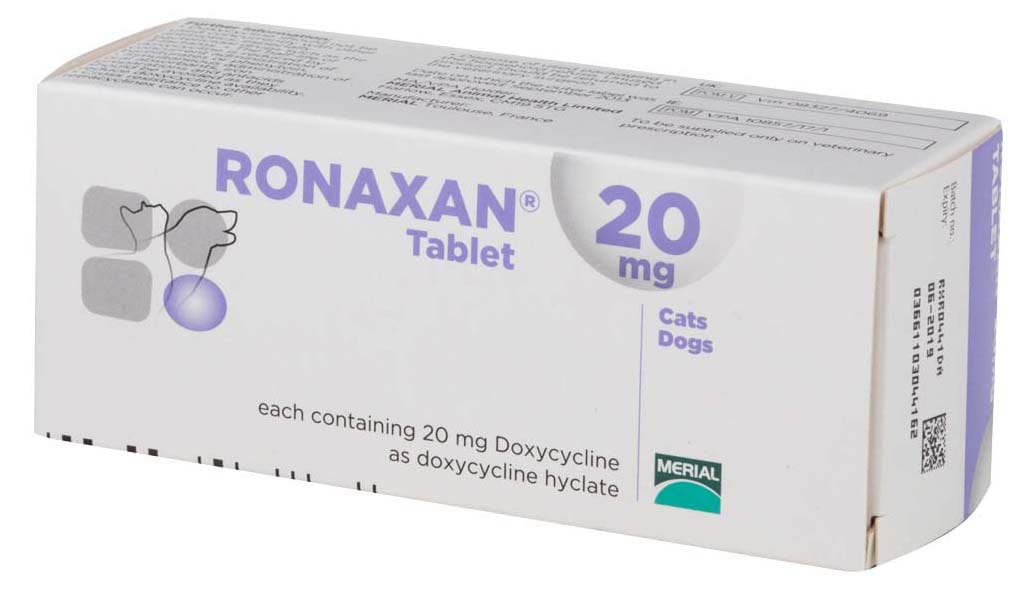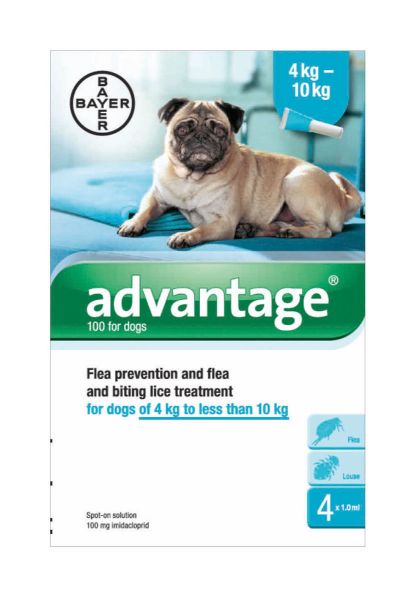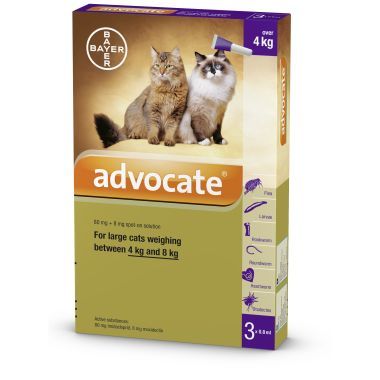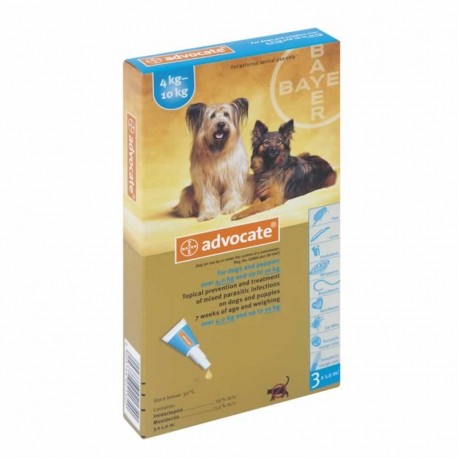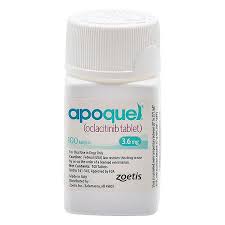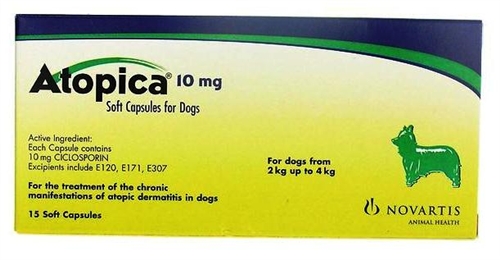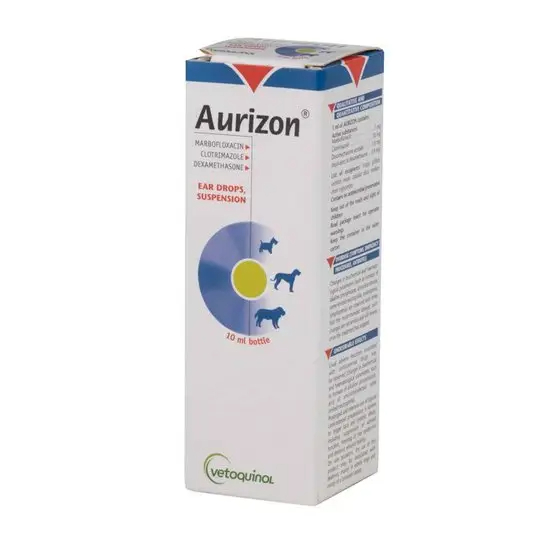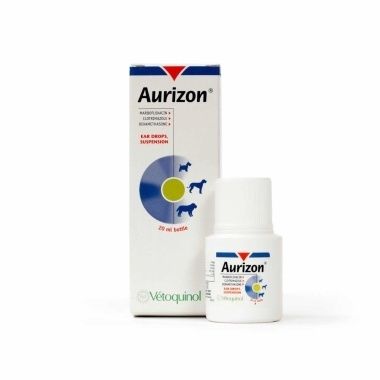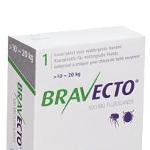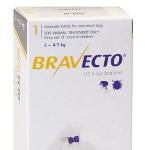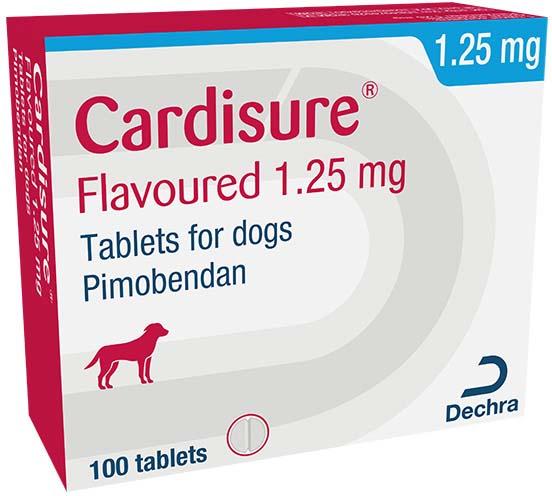Ronaxan 20mg, 100mg Tablet Species: Cats, Dogs Therapeutic indication: Pharmaceuticals: Antimicrobials: Oral preparations: Tablets Active ingredient: Doxycycline Product:Ronaxan 20 mg and 100 mg tablets Product index: Ronaxan Qualitative and quantitative composition Each tablet contains: Active substances: Doxycycline 20 mg or 100 mg as doxycycline hyclate. For the full list of excipients, see pharmaceutical particulars section. Pharmaceutical form Tablets. Light yellow to yellow, biconvex, round, scored tablets. The tablets can be divided into two equal parts. Clinical particulars Target species Dogs and cats. Indications for use Dogs For the treatment of respiratory tract infections including rhinitis, tonsillitis and bronchopneumonia caused by Bordetella bronchiseptica and Pasteurella spp. susceptible to doxycycline. For the treatment of canine ehrlichiosis caused by Ehrlichia canis. Cats For the treatment of respiratory tract infections including rhinitis, tonsillitis and bronchopneumonia caused by Bordetella bronchiseptica and Pasteurella spp. susceptible to doxycycline. Contra-indications Do not use in cases of hypersensitivity to the active substance or to any of the excipients. Do not use in animals with renal or hepatic insufficiency. Do not use in animals with diseases associated with vomiting or dysphagia (see adverse reactions section). Do not use in animals with known photosensitivity (see adverse reactions section). Do not use in puppies and kittens before completion of teeth enamel formation. Special warnings for each target species Ehrlichia canis infection: treatment should be initiated at the onset of clinical signs. Complete eradication of the pathogen is not always achieved, but treatment for 28 days generally leads to a resolution of the clinical signs and a reduction of the bacterial load. A longer duration of treatment, based on a benefit/risk assessment by the responsible veterinarian, may be required particularly in severe or chronic ehrlichiosis. All treated patients should be regularly monitored, even after clinical cure. Special precautions for use in animals Tablets should be administered with food in order to avoid vomiting and to reduce the likelihood of oesophageal irritation. The product should be administered with caution to young animals, since tetracyclines as a class may cause permanent discolouration of the teeth, when administered during tooth development. However, human literature indicates that doxycycline is less likely than other tetracyclines to cause these abnormalities, due to its reduced ability to chelate calcium. Use of the veterinary medicinal product should be based on identification and susceptibility testing of the target pathogens. If this is not possible, therapy should be based on epidemiological information and knowledge of susceptibility of the target pathogens at local/regional level. Use of the veterinary medicinal product deviating from the instructions given in the summary of product characteristics (SPC) may increase the prevalence of bacteria resistant to doxycycline and may decrease the effectiveness of treatment with other tetracyclines, due to the potential for cross-resistance. Use of the veterinary medicinal product should be in accordance with official, national and regional antimicrobial policies. Special precautions to be taken by the person administering the product to animals People with known hypersensitivity to doxycycline or other tetracyclines should avoid contact with the veterinary medicinal product and personal protective equipment consisting of gloves should be worn when handling the veterinary medicinal product. In case of skin irritation, seek medical advice immediately and show the package leaflet or the label to the physician. Accidental ingestion, especially by children, may cause adverse reactions such as emesis. To avoid accidental ingestion, blisters should be inserted back into the outer packaging and kept in a safe place. In case of accidental ingestion, seek medical advice immediately and show the package leaflet or the label to the physician. Adverse reactions Gastrointestinal adverse reactions including vomiting, nausea, salivation, oesophagitis and diarrhoea have been reported very rarely in spontaneous reports. Photosensitivity and photodermatitis can occur following tetracycline therapy, after exposure to intense sunlight or ultraviolet light. (See also contra-indications). Use of tetracycline during the period of tooth development may lead to tooth discolouration. Use during pregnancy, lactation or lay Laboratory studies in rats and rabbits have not produced any evidence of teratogenic or embryotoxic effects of doxycycline. However, as there is no information available in the target species, use is not recommended during pregnancy. Use only according to the benefit-risk assessment by the responsible veterinarian. Interactions Doxycycline should not be used concurrently with other antibiotics, especially bactericidal drugs such as the β-lactams. Cross-resistance to tetracyclines may occur. The half-life of doxycycline is reduced by concurrent administration of barbiturates, phenytoin and carbamazepine. Dosage adjustments may be necessary in subjects under anticoagulant therapy, as tetracyclines depress the plasma activity of prothrombin. Simultaneous administration of oral absorbents, antacids and preparations including multivalent cations should be avoided as they reduce doxycycline availability. Amounts to be administered and administration route For oral use. The dosage is 10 mg doxycycline per kg bodyweight per day corresponding to one 20 mg tablet per 2 kg bodyweight or one 100 mg tablet per 10 kg bodyweight. To ensure a correct dosage, bodyweight of the animals should be determined as accurately as possible to avoid overdosing or underdosing. In order to adjust the dosage, the tablets can be divided into two equal parts. The dosage can be divided into two daily administrations. The duration of treatment might be adapted depending on the clinical response, after benefit/risk assessment by the veterinarian. Disease Dosage regimen Duration of treatment Respiratory tract infection 10 mg/kg per day 5-10 days Canine ehrlichiosis 10 mg/kg per day 28 days Overdose Vomiting may occur in dogs with 5 times the recommended dose. Increased levels of ALT, GGT, ALP and total bilirubin were reported in dogs at 5-fold overdose. Pharmacological particulars Pharmacotherapeutic group: Antibacterials for systemic use; Tetracyclines. ATCvet code: QJ01AA02. Pharmacodynamic properties Doxycycline is a broad-spectrum tetracycline-class antibiotic active against a large number of gram positive and gram negative bacteria including both aerobic and anaerobic species. Doxycycline inhibits bacterial protein synthesis by binding to the 30-S ribosomal subunits. This interferes with binding of aminoacetyl-tRNA to the acceptor site on the mRNA ribosome complex and prevents coupling of amino acids to the elongating peptide chains; doxycycline has a predominantly bacteriostatic activity. The penetration of doxycycline into the bacterial cell takes place by both active transport and passive diffusion. The main mechanisms of acquired resistance to tetracycline class antibiotics include active efflux and ribosomal protection. A third mechanism is enzymatic degradation. The genes mediating resistance may be carried on plasmids or transposons, as for example, tet(M), tet(O), and tet(B) that can be found in both gram-positive and gram-negative organisms including clinical isolates. Cross-resistance to other tetracyclines is common but depends on the mechanism conferring resistance. Due to the greater liposolubility and greater ability to pass through cell membranes (in comparison to tetracycline), doxycycline retains a certain degree of efficacy against microorganisms with acquired resistance to tetracyclines via efflux pumps. However, resistance mediated by ribosomal protection proteins confer cross-resistance to doxycycline. The following MIC values for the targeted bacteria were collected between 2017 and 2018 as a part of ongoing European surveillance studies: Bacterial pathogen Origin (number of strains tested) MIC50 (μg/ml) MIC90 (μg/ml) Bordatella bronchiseptica Dog - respiratory tract (38) 0.12 0.5 Bordatella bronchiseptica Cat - respiratory tract (11) 0.12 0.12 Pasteurella spp. Dog - respiratory tract (27) 0.12 0.25 Pasteurella spp. Cat - respiratory tract (77) 0.12 0.25 Antibiotic susceptibility data for Ehrlichia Canis are limited.

